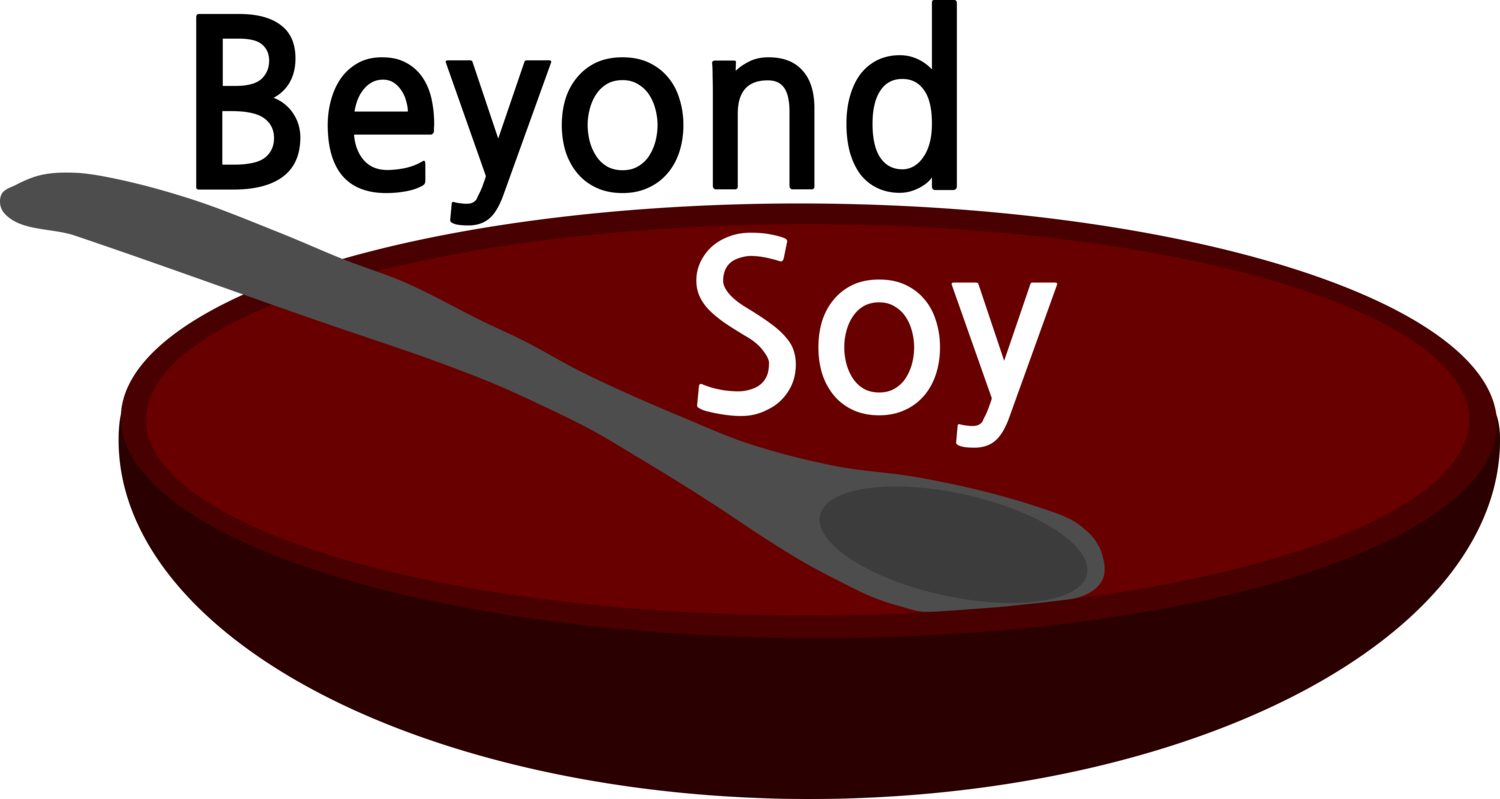Soy-Free in a Developing Country
/Hello! Welcome to Beyond Soy!
I recently traveled to Haiti and spent a few days working in a very impoverished community. No only is there a language barrier in these situations, but food options may also be more limited. Here are some strategies to avoid soy:
Use your food options as much as possible. Don’t hesitate to avoid some foods on your plate and double down on others. The standard practice of “don’t eat what will make you feel bad” still applies, so don’t be afraid to skip a meal and supplement with backup snacks as needed. Even if you can’t tell what each dish is, you can make some educated guesses and skip foods that you think contain soy.
Ask about food, and tell people about you. More is better when it comes to communicating about food and your individual requirements. Don’t hesitate to ask about a particular dish, including its ingredients and how it is made. Also don’t hesitate to tell people why you are asking; let them know the foods to watch out for. This is a situation where you don’t need to explain all the minutia, but an understanding of the basics will go far. Unfortunately, information about ingredients may not always be available, but it never hurts to ask.
Sometimes you may have to skip. If you are uncertain about a particular food, you may need to skip it. This is very situational, but remember to be as cautious as you feel comfortable.
In developing countries, food options may be more limited, but that shouldn’t preclude you from visiting and engaging with the local culture. Choose produce (when safe to do so) and fresh foods, and bring some backup snacks to ensure that your time in the community is the best that it can be.









